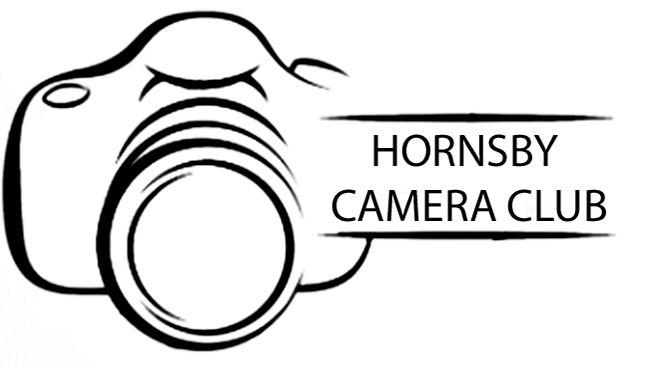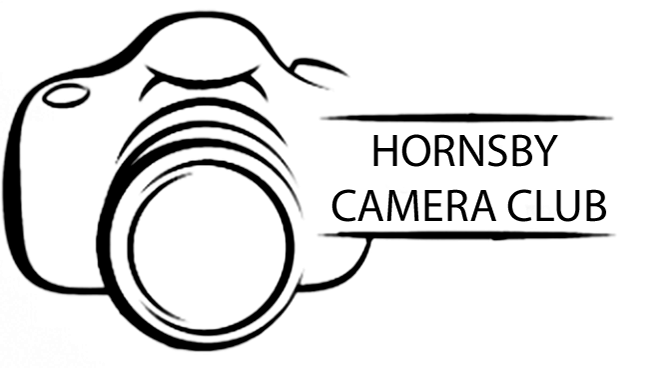Nature
The FCC has adopted the APS definition for Nature.
• Nature photography records all branches of natural history except anthropology and archaeology. This includes all aspects of the physical world, both animate and inanimate, that have not been made or modified by humans.
• Nature images must convey the truth of the scene that was photographed. A well-informed person should be able to identify the subject of the image and be satisfied that it has been presented honestly and that no unethical practices have been used to control the subject or capture the image. Images that directly or indirectly show any human activity that threatens the life or welfare of a living organism are not allowed.
• The most important part of a Nature image is the nature story it tells.
• High technical standards are expected, and the image must look natural. Adding a vignette or blurring the background during processing is not allowed.
• Objects created by humans, and evidence of human activity, are allowed in Nature images only when they are a necessary part of the Nature story.
• Photographs of human-created hybrid plants, cultivated plants, feral animals, domesticated animals, human-created hybrid animals and mounted or preserved zoological specimens are not allowed.
• Images taken with subjects under controlled conditions, such as zoos, are allowed.
• Controlling live subjects by chilling, anaesthetic or any other method of restricting natural movement for the purpose of a photograph is not allowed.
• No modification that changes the truth of a Nature image is allowed. Images may be cropped but no other technique that removes, adds or moves any part of the image is allowed.
• Techniques that remove elements added by the camera, such as dust spots, digital noise and lens flare are allowed.
• Complete conversion of colour images to greyscale monochrome is allowed. Partial conversion, toning and infrared captures or conversions are not allowed.
• Images of the same subject that are combined in camera, or with software, by focus stacking or exposure blending are allowed. Multiple images with overlapping fields of view that are taken consecutively and combined in camera or with software (image stitching) are allowed.
• There is no separate wildlife section.
• Nature images must convey the truth of the scene that was photographed. A well-informed person should be able to identify the subject of the image and be satisfied that it has been presented honestly and that no unethical practices have been used to control the subject or capture the image. Images that directly or indirectly show any human activity that threatens the life or welfare of a living organism are not allowed.
• The most important part of a Nature image is the nature story it tells.
• High technical standards are expected, and the image must look natural. Adding a vignette or blurring the background during processing is not allowed.
• Objects created by humans, and evidence of human activity, are allowed in Nature images only when they are a necessary part of the Nature story.
• Photographs of human-created hybrid plants, cultivated plants, feral animals, domesticated animals, human-created hybrid animals and mounted or preserved zoological specimens are not allowed.
• Images taken with subjects under controlled conditions, such as zoos, are allowed.
• Controlling live subjects by chilling, anaesthetic or any other method of restricting natural movement for the purpose of a photograph is not allowed.
• No modification that changes the truth of a Nature image is allowed. Images may be cropped but no other technique that removes, adds or moves any part of the image is allowed.
• Techniques that remove elements added by the camera, such as dust spots, digital noise and lens flare are allowed.
• Complete conversion of colour images to greyscale monochrome is allowed. Partial conversion, toning and infrared captures or conversions are not allowed.
• Images of the same subject that are combined in camera, or with software, by focus stacking or exposure blending are allowed. Multiple images with overlapping fields of view that are taken consecutively and combined in camera or with software (image stitching) are allowed.
• There is no separate wildlife section.
PORTRAIT:
an image of a human, which can be either in a studio or in a more informal setting, and can be anything from a study of the head and shoulders to a full length subject.
LANDSCAPE
to include the landmass, but not to include a building or people as the major subject, although they can be included as a minor element of the picture if they add to the scene. Water and managed landscape can be included, including coastal scenes.
AUSTRALIAN LANDSCAPE
A photograph of Australian natural land or coastal scenery, which may include people, buildings, animals, or other objects (example manmade roads/tracks & fences) provided these elements do not dominate the photograph.
Elements such as cultivated fields, farms and astrophotography are permitted but must not dominate the photograph. Seascapes with no land do not fit the section.
No modification that changes the truth of the Landscape image is allowed. Images may be cropped but no other technique that removes, adds to or moves any part of the image is allowed.
Techniques that remove elements added by the camera, such as dust spots, digital noise and lens flare are allowed.
Complete conversion of colour images to greyscale monochrome is allowed. Partial conversion, toning and infrared captures or conversions are not allowed.
Images of the same subject that are combined in camera, or with software, by focus stacking or exposure blending are allowed. Multiple images with overlapping fields of view that are taken consecutively and combined in camera or with software (image stitching) are allowed.
Monochrome
Any photograph containing shades of only one colour (including black and white). If toning is carried out, it must be over the total photograph; partial toning and/or the addition of one extra colour is not acceptable in a monochrome section.
MONO:
a greyscale image ranging from black to white, of any subject. A greyscale image tinted with one colour across the whole image is permitted, but a greyscale image with one colour added ( to a particular section of the image i.e ‘colour popping’ ) is not.
OPEN
An image for submission in the Open category can be edited ( or not ) completely at the individual photographer’s own interpretation.
CREATIVE
A Creative image is one noticeably different from an image as viewed through the camera lens. The submitted image must have originated as image or images captured by media sensitive to light or other electromagnetic radiation. All elements of the image must have been captured or generated by the creator of the image. The use of third party images such as clip art is not allowed. All creative techniques including combined images and montages and HDR are acceptable.
New Definitions
DIGITAL
Action A digital image where action is the basis for the image’s story, idea, mood or other creative intention. Includes, but not limited to, sports, wildlife, event and travel photography
ASTRO
A digital image that fully or prominently features the night sky. A foreground which does not dominate the image is allowed. All parts of the image must be taken when the sun is below the horizon in its entirety. Basic post-processing is allowed, including multiple exposures and stitching of panoramas.
DIGITAL ART
A digital image that originated as one or more photographs taken by the
photographer; which has undergone significant post processing; and which communicates a story, idea, mood or other creative intention. Editing and post-processing MUST be consistent with the FCC requirements (see below)
photographer; which has undergone significant post processing; and which communicates a story, idea, mood or other creative intention. Editing and post-processing MUST be consistent with the FCC requirements (see below)
FLORA
A digital image of any plant, part of a plant, or groups of plants which
communicates a story, idea, mood or other creative intention. Includes, but not limited to, fungi, still life, landscape, some drone photography and macro-photography
communicates a story, idea, mood or other creative intention. Includes, but not limited to, fungi, still life, landscape, some drone photography and macro-photography
NATURE
A digital image consistent with the PSA/FIAP definition for Nature (see below).
PORTRAIT
A digital image of a person or persons who are participating in the creation of the photo. At least one person in the image must have all or part of their face visible.
Includes, but not limited to, self-portraits taken by the photographer, studio photography and portraits showing people in their work or other environment.
Includes, but not limited to, self-portraits taken by the photographer, studio photography and portraits showing people in their work or other environment.
STAGED
A digital image which is intentionally set up by the photographer; and which communicates a story, idea, mood or other creative intention. Includes, but not limited to, still life, pet, food and toy photography. Images which qualify for the Portrait category (see above) are NOT permitted
URBAN
A digital image taken within a built-up environment (e.g. city, town, street or park); and which communicates a story, idea, mood or other creative intention.
Includes, but not limited to, street, architecture, photojournalism, aerial, drone, urban landscape and travel photography
Includes, but not limited to, street, architecture, photojournalism, aerial, drone, urban landscape and travel photography

